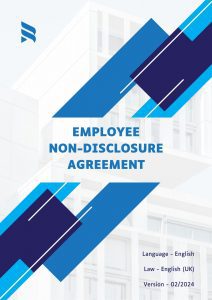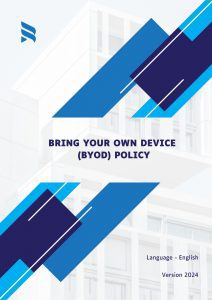Are DSARs (Data Subject Access Requests) becoming a headache for your small business?
At LexDex Solutions, we get it. Navigating DSARs while staying on top of GDPR compliance can feel like an uphill battle. But fear not – we have just the thing to make your life easier our:
Why DSARs Matter to Your Small Business
DSARs give individuals the right to access their personal data held by your business. As a small business owner, it’s crucial to handle these requests promptly and correctly. Especially when you’re not a professional DPO.
Not only is it the law (thanks, GDPR!), but it also shows your commitment to customer privacy and trust.
Introducing Our DSAR DIY Template Pack
Our DSAR DIY Template Pack is designed with small business owners like you in mind. Here’s how it can help:
- Easy-to-Use Templates:
No need to reinvent the wheel. Our pack includes customizable templates for everything from DSAR policies to response letters. Just fill in the blanks and you’re good to go! - Streamlined Processes:
Say goodbye to confusion and hello to efficiency. Our templates provide clear guidelines so you can handle DSARs like a pro – even if you’re not a data protection expert. - Peace of Mind Compliance:
Stay on the right side of the law without breaking a sweat. Our pack helps you ensure GDPR compliance and demonstrates your commitment to protecting customer data. - Empowerment for Your Team:
Equip your team with the tools they need to tackle DSARs with confidence. Our user-friendly templates make it easy for everyone to do their part in protecting customer privacy.
Take Control of Your DSAR Process Today
Don’t let DSARs overwhelm you. With our DSAR DIY Template Pack, you can simplify DSAR management, enhance GDPR compliance, and protect customer privacy – all without adding to your stress levels.
Ready to take control?
Discover the power of our DSAR DIY Template Pack today.
For more information on DSARs and GDPR compliance, check out the Information Commissioner’s Office (ICO) website: ICO DSAR Guidance.
Say goodbye to DSAR headaches.
Protect privacy.
Ensure compliance.
Empower your small business,
LexDex Solutions – Making Compliance Simple for Small Businesses.
















